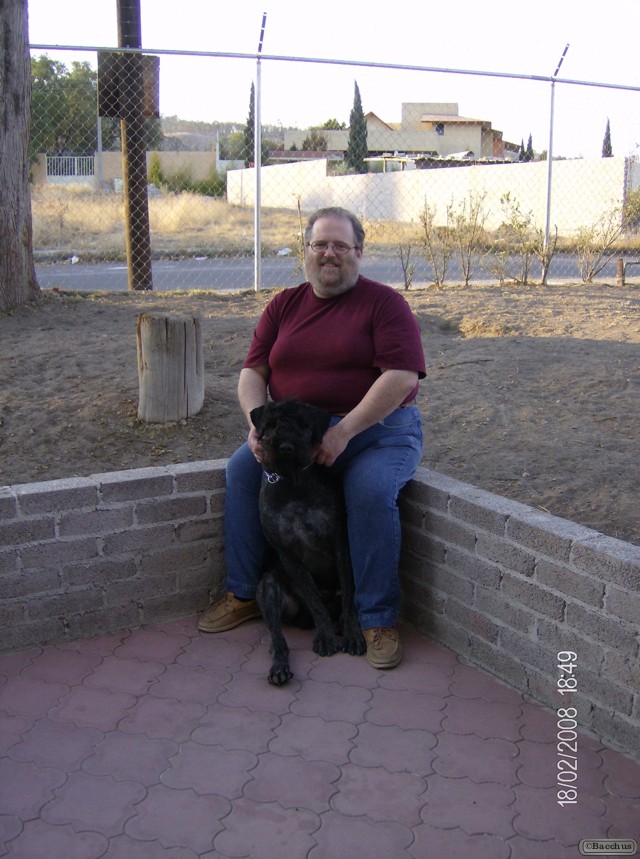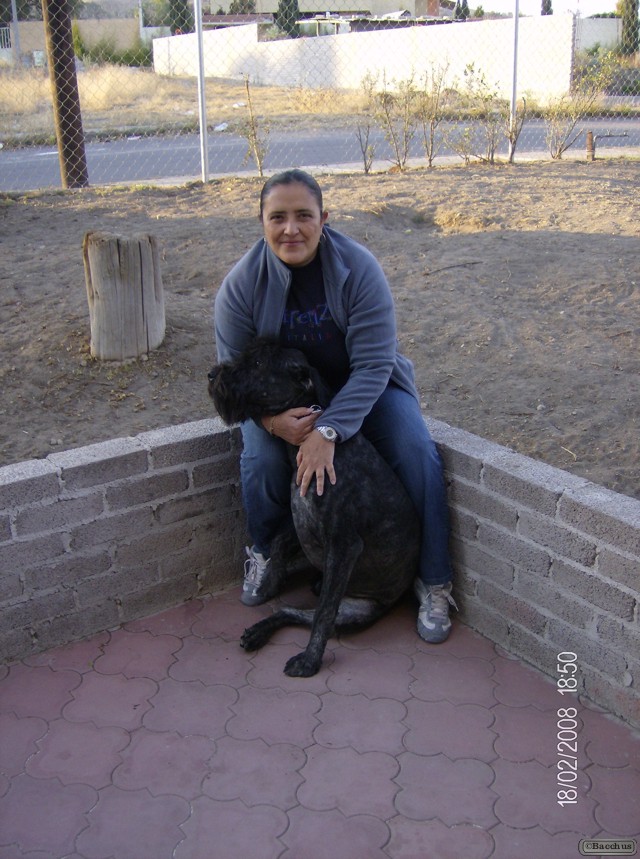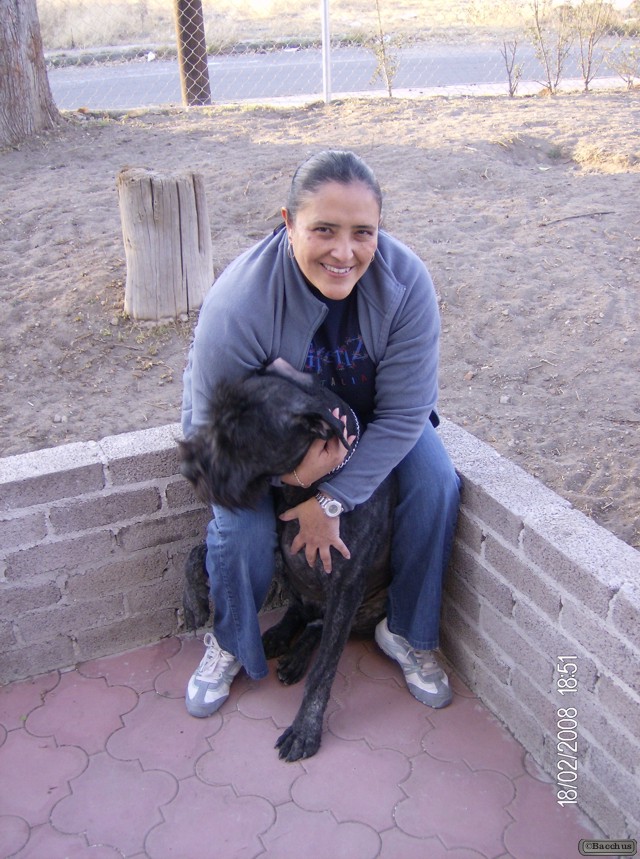History and Schools of Metaphysics
British Empiricism
British empiricism marked something of a reaction to rationalist and system-building philosophy, or speculative metaphysics as it was pejoratively termed. The sceptic David Hume famously declared that most metaphysics should be consigned to the flames. Hume was notorious among his contemporaries as one of the first philosophers to openly doubt religion, but is better known now for his critique of causality. John Stuart Mill, Thomas Reid and John Locke were less sceptical, embracing a more cautious style of metaphysics based on realism, common sense and science. Other philosophers, notably George Berkeley were led from empiricism to idealistic metaphysics.
Kant
Immanuel Kant attempted a grand synthesis and revision of the trends already mentioned: scholastic philosophy, systematic metaphysics, and skeptical empiricism, not to forget the burgeoning science of his day. As did the systems builders, he had an overarching framework in which all questions were to be addressed. Like Hume, who famously woke him from his “dogmatic slumbers”, he was suspicious of metaphysical speculation, and also places much emphasis on the limitations of the human mind.
Kant saw rationalist philosophers as aiming for a kind of metaphysical knowledge he defined as the synthetic apriori – that is knowledge that does not come from the senses (it is a priori) but is nonetheless about reality (synthetic). Inasmuch as it is about reality, it differs from abstract mathematical propositions (which he terms analytical apriori), and being apriori it is distinct from empirical, scientific knowledge (which he terms synthetic aposteriori). The only synthetic apriori knowledge we can have is of how our minds organise the data of the senses; that organising framework is space and time, which for Kant have no mind-independent existence, but nonetheless operate uniformly in all humans. Apriori knowledge of space and time is all that remains of metaphysics as traditionally conceived. There is a reality beyond sensory data or phenomena, which he calls the realm of noumena; however, we cannot know it as it is in itself, but only as it appears to us. He allows himself to speculate that the origins of God, morality, and free will might exist in the noumenal realm, but these possibilities have to be set against its basic unknowability for humans. Although he saw himself as having disposed of metaphysics, in a sense, he has generally been regarded in retrospect as having a metaphysics of his own.
Nineteenth century philosophy was overwhelmingly influenced by Kant and his successors. Schopenhauer, Schelling, Fichte and Hegel all purveyed their own panoramic versions of German Idealism, Kant’s own caution about metaphysical speculation, and refutation of idealism, having fallen by the wayside. The idealistic impulse continued into the early twentieth century with British idealists such as F. H. Bradley and J. M. E. McTaggart.
Followers of Karl Marx took Hegel’s dialectic view of history and re-fashioned it as materialism.
Luc Paquin
Americas
North America
In 1645, Springfield, Massachusetts, experienced America’s first accusations of witchcraft when husband and wife Hugh and Mary Parsons accused each other of witchcraft. At America’s first witch trial, Hugh was found innocent, while Mary was acquitted of witchcraft but sentenced to be hanged for the death of her child. She died in prison. From 1645-1663, about eighty people throughout England’s Massachusetts Bay Colony were accused of practicing witchcraft. Thirteen women and two men were executed in a witch-hunt that lasted throughout New England from 1645-1663.
The Salem witch trials followed in 1692-93. These witch trials were the most famous in British North America and took place in the coastal settlements near Salem, Massachusetts. Prior to the witch trials, nearly 300 men and women (mostly women) had been suspected of partaking in witchcraft and over 30 of these people were hanged. The Salem witch trials were a series of hearings before local magistrates followed by county court trials to prosecute people accused of witchcraft in Essex, Suffolk and Middlesex Counties of colonial Massachusetts, between February 1692 and May 1693. Over 150 people were arrested and imprisoned, with even more accused who were not formally pursued by the authorities. The two courts convicted 29 people of the capital felony of witchcraft. Nineteen of the accused, 14 women and 5 men, were hanged. One man who refused to enter a plea was crushed to death under heavy stones in an attempt to force him to do so. At least five more of the accused died in prison.
Despite being generally known as the “Salem” witch trials, the preliminary hearings in 1692 were conducted in a variety of towns across the province: Salem Village, Ipswich, Andover, as well as Salem Town, Massachusetts. The best-known trials were conducted by the Court of Oyer and Terminer in 1692 in Salem Town. All 26 who went to trial before this court were convicted. The four sessions of the Superior Court of Judicature in 1693, held in Salem Town, but also in Ipswich, Boston, and Charlestown, produced only 3 convictions in the 31 witchcraft trials it conducted. Likewise, alleged witchcraft was not isolated to New England. In 1706 Grace Sherwood the “Witch of Pungo” was imprisoned for the crime in Princess Anne County, Virginia.
The Lost Bearded White Brother
History and Schools of Metaphysics
Scholasticism and the Middle Ages
Between about 1100 and 1500, philosophy as a discipline took place as part of the Catholic church’s teaching system, known as scholasticism. Scholastic philosophy took place within an established framework blending Christian theology with Aristotelian teachings. Although fundamental orthodoxies could not be challenged, there were nonetheless deep metaphysical disagreements, particularly over the problem of universals, which engaged Duns Scotus and Pierre Abelard. William of Ockham is remembered for his principle of ontological parsimony.
Rationalism and Continental Rationalism
In the early modern period (17th and 18th centuries), the system-building scope of philosophy is often linked to the rationalist method of philosophy, that is the technique of deducing the nature of the world by pure reason. The scholastic concepts of substance and accident were employed.
- Leibniz proposed in his Monadology a plurality of non-interacting substances.
- Descartes is famous for his Dualism of material and mental substances.
- Spinoza believed reality was a single substance of God-or-nature.
Luc Paquin
Off-Site Training
We welcome opportunities to discuss taking our Supported Conversation for Adults with Aphasia (SCA) workshops to you. We will review your particular learning objectives and timeline, suggest the workshops that fit best and then provide a quote that will include requirements and costs to make this happen.
We’re heading to McGill University to do a 3-Day Training event in September, but are happy to consider new opportunities in 2016!
To discuss off-site training options, contact Marisca Baldwin, Education and Learning Coordinator at 416-226-3636, ext. 23 or training@aphasia.ca
Norma
History and Schools of Metaphysics
Aristotle
Plato’s pupil Aristotle wrote widely on almost every subject, including metaphysics. His solution to the problem of universals contrasts with Plato’s. Whereas Platonic Forms exist in a separate realm, and may exist uninstantiated in visible things, Aristotelian essences “indwell” in particulars.
Potentiality and Actuality are principles of a dichotomy which Aristotle used throughout his philosophical works to analyze motion, causality and other issues.
The Aristotelian theory of change and causality stretches to four causes: the material, formal, efficient and final. The efficient cause corresponds to what is now known as a cause simpliciter. Final causes are explicitly teleological, a concept now regarded as controversial in science. The Matter/Form dichotomy was to become highly influential in later philosophy as the substance/essence distinction.
The opening arguments in Aristotle’s Metaphysics, Book I, revolve around the senses, knowledge, experience, theory, and wisdom. The first main focus in the Metaphysics is attempting to determine how intellect “advances from sensation through memory, experience, and art, to theoretical knowledge”. Aristotle claims that eyesight provides us with the capability to recognize and remember experiences, while sound allows us to learn.
Luc Paquin
Africa
Complimentary remarks about witchcraft by a native Congolese initiate: “From witchcraft … may be developed the remedy (kimbuki) that will do most to raise up our country.” “Witchcraft … deserves respect … it can embellish or redeem (ketula evo vuukisa).” “The ancestors were equipped with the protective witchcraft of the clan (kindoki kiandundila kanda). … They could also gather the power of animals into their hands … whenever they needed. … If we could make use of these kinds of witchcraft, our country would rapidly progress in knowledge of every kind.” “You witches (zindoki) too, bring your science into the light to be written down so that … the benefits in it … endow our race.”
Among the Mende (of Sierra Leone), trial and conviction for witchcraft has a beneficial effect for those convicted. “The witchfinder had warned the whole village to ensure the relative prosperity of the accused and sentenced … old people. … Six months later all of the people … accused, were secure, well-fed and arguably happier than at any [previous] time; they had hardly to beckon and people would come with food or whatever was needful. … Instead of such old and widowed people being left helpless or (as in Western society) institutionalized in old people’s homes, these were reintegrated into society and left secure in their old age … . … Old people are ‘suitable’ candidates for this kind of accusation in the sense that they are isolated and vulnerable, and they are ‘suitable’ candidates for ‘social security’ for precisely the same reasons.”
In Nigeria, several Pentecostal pastors have mixed their evangelical brand of Christianity with African beliefs in witchcraft to benefit from the lucrative witch finding and exorcism business – which in the past was the exclusive domain of the so-called witch doctor or traditional healers. These pastors have been involved in the torturing and even killing of children accused of witchcraft. Over the past decade, around 15,000 children have been accused, and around 1,000 murdered. Churches are very numerous in Nigeria, and competition for congregations is hard. Some pastors attempt to establish a reputation for spiritual power by “detecting” child witches, usually following a death or loss of a job within a family, or an accusation of financial fraud against the pastor. In the course of “exorcisms”, accused children may be starved, beaten, mutilated, set on fire, forced to consume acid or cement, or buried alive. While some church leaders and Christian activists have spoken out strongly against these abuses, many Nigerian churches are involved in the abuse, although church administrations deny knowledge of it.
In Malawi it is also common practice to accuse children of witchcraft and many children have been abandoned, abused and even killed as a result. As in other African countries both African traditional healers and their Christian counterparts are trying to make a living out of exorcising children and are actively involved in pointing out children as witches. Various secular and Christian organizations are combining their efforts to address this problem.
Also in Malawi, according to William Kamkwamba, witches and wizards are afraid of money, which they consider a rival evil. Any contact with cash will snap their spell and leave the wizard naked and confused. So placing cash, such as kwacha around a room or bed mat will protect the resident from their malevolent spells.
The Lost Bearded White Brother
History and Schools of Metaphysics
Socrates and Plato
The first known philosopher, according to Aristotle, is Thales of Miletus. Rejecting mythological and divine explanations, he sought a single first cause or Arche (origin or beginning) under which all phenomena could be explained, and concluded that this first cause was in fact moisture or water. Thales also taught that the world is harmonious, has a harmonious structure, and thus is intelligible to rational understanding. Other Miletians, such as Anaximander and Anaximenes, also had a monistic conception of the first cause.
Another school was the Eleatics, Italy. The group was founded in the early fifth century BCE by Parmenides, and included Zeno of Elea and Melissus of Samos. Methodologically, the Eleatics were broadly rationalist, and took logical standards of clarity and necessity to be the criteria of truth. Parmenides’ chief doctrine was that reality is a single unchanging and universal Being. Zeno used reductio ad absurdum, to demonstrate the illusory nature of change and time in his paradoxes.
Heraclitus of Ephesus, in contrast, made change central, teaching that “all things flow”. His philosophy, expressed in brief aphorisms, is quite cryptic. For instance, he also taught the unity of opposites.
Democritus and his teacher Leucippus, are known for formulating an atomic theory for the cosmos. They are considered forerunners of the scientific method.
Luc Paquin
History and Schools of Metaphysics
Pre-Socratic Metaphysics in Greece
The first known philosopher, according to Aristotle, is Thales of Miletus. Rejecting mythological and divine explanations, he sought a single first cause or Arche (origin or beginning) under which all phenomena could be explained, and concluded that this first cause was in fact moisture or water. Thales also taught that the world is harmonious, has a harmonious structure, and thus is intelligible to rational understanding. Other Miletians, such as Anaximander and Anaximenes, also had a monistic conception of the first cause.
Another school was the Eleatics, Italy. The group was founded in the early fifth century BCE by Parmenides, and included Zeno of Elea and Melissus of Samos. Methodologically, the Eleatics were broadly rationalist, and took logical standards of clarity and necessity to be the criteria of truth. Parmenides’ chief doctrine was that reality is a single unchanging and universal Being. Zeno used reductio ad absurdum, to demonstrate the illusory nature of change and time in his paradoxes.
Heraclitus of Ephesus, in contrast, made change central, teaching that “all things flow”. His philosophy, expressed in brief aphorisms, is quite cryptic. For instance, he also taught the unity of opposites.
Democritus and his teacher Leucippus, are known for formulating an atomic theory for the cosmos. They are considered forerunners of the scientific method.
Luc Paquin
On-site – Professional Training
The Aphasia Institute offers training sessions for health care professionals on how to work with clients with aphasia and to help them overcome communication barriers. Health care professionals will be shown how to apply training techniques to clinical situations such as assessment, counselling, group therapy and working with clients and their communication partners.
Resources, materials and manuals are provided in many of the workshops. All sessions are accredited courses as approved by the Continuing Education Board of the American Speech-Language-Hearing Association (ASHA).
To register, contact Marisca Baldwin, Education and Learning Coordinator at 416-226-3636, ext. 23 or training@aphasia.ca.
Norma






